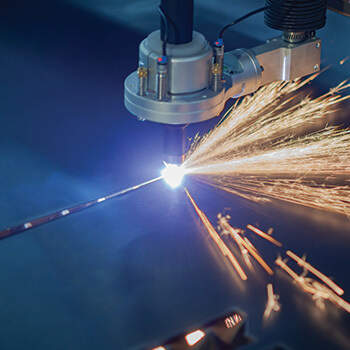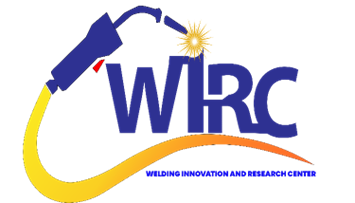
Electroslag Welding (ESW)
This is an advanced welding process used to join thin metal plates together edge-to-edge vertically. The weld occurs between the edges of the two plates, in lieu of being applied to the outside of a joint. Instead, consumable metal guides are placed between the two plates to position them for joining. Through this guide a copper electrode is passed, and it will become the filler for the joint. The arc is created when an electrical current is applied. The welding forms at the beginning of the seam, and slowly proceeds through the target weld area. The movement is controlled by a machine, and the process is fully automated after initial set-up of the plates & guides.
Electroslag welding is used mainly to join low carbon steel plates that are very thick. It can also be used on structural steel if certain precautions are observed. ESW relies on slag conduction to carry the welding current.
Advantages of Electroslag Welding
- Produces high-quality welds.
- Can be used for welding thick sections of metals.
- Can be used for repairing castings.
- Can be used for fabricating heavy-duty structures.
Disadvantages of Electroslag Welding
- Requires special equipment.
- Requires highly skilled operators.
- Is a slow process.
- Is a costly process.
Who uses Electroslag Welding?
Electroslag welding is used by industries such as shipbuilding, power generation, and petrochemical applications. It is also used in the construction of offshore oil platforms, bridges, and pressure vessels.

